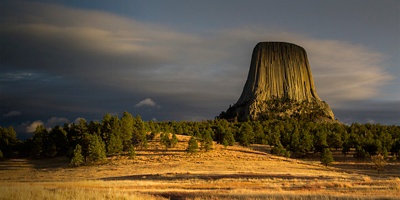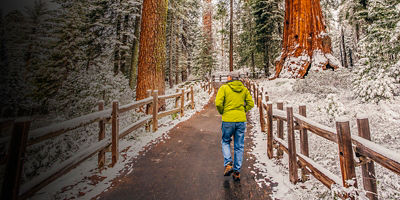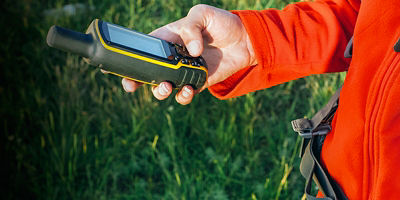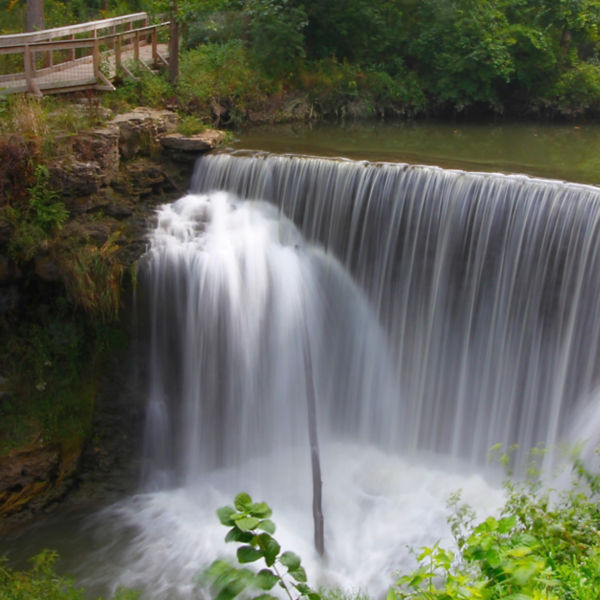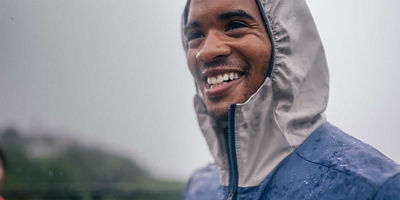
We know that more than 840 million acres—or one-third of the country’s land—is public land. What some people may not know is that all public land is Native land. Indigenous peoples of America have lived on and cared for the land long before state borders were drawn and national parks and other preserves were created. In fact, some of these national parks (like Yosemite, Glacier, and Yellowstone) were formed after the forced removal of the Indigenous peoples who had long lived there. When planning a trip to recreate on these lands—which is basically anywhere you might think to go in this country—it’s important to devote time to learning more about their history and that of the Indigenous Peoples who lived there, and who still live or spend time there. In this guide we’ll outline a few tips for preparing to go out on your next trip.
Find Out Whose Land You’re On
A good first step before you head out is to determine whose lands you’ll be on when you travel. For example, if you’re planning to visit Mukuntuweap—the present-day Zion National Park—you’ll be on the lands of the Southern Paiute. To figure this out, go to Native-lands.ca or use their mobile app. Simply type in where you’re going and you’ll start to get an idea of thelands you’ll be on; many times you’ll find overlap between a number of different Indigenous Tribes and Nations. Of course, this and other apps aren’t always 100% accurate so take it to the next level and do anonline search to make sure the information you have is correct.
Learn More About the People Whose Land You’re On
Once you know whose land you’re on you can start to learn more about them. How did people once live there? How do Indigenous people live there today, and/or how do they use the land? What are the significant places, features, or animals? Connecting with the stories of the place will make your experience all the more enjoyable. The internet is your friend here. Visit Tribal websites and seek out books and articles written by Indigenous individuals.
Learn the Indigenous Name of the Land You’re On
If you’re hiking a certain trail or a certain peak, see if you can find the traditional name. For example, the original name for the John Muir Trail is Nüümü Poyo (Paiute for the “People’s Trail”). President McKinley had no connection to the Alaskan mountain that was named after him, and in 2015 the peak was officially renamed Denali, the Koyukon name for it. Climbing Mount Rainier? That’s actually Mount Tahoma.
